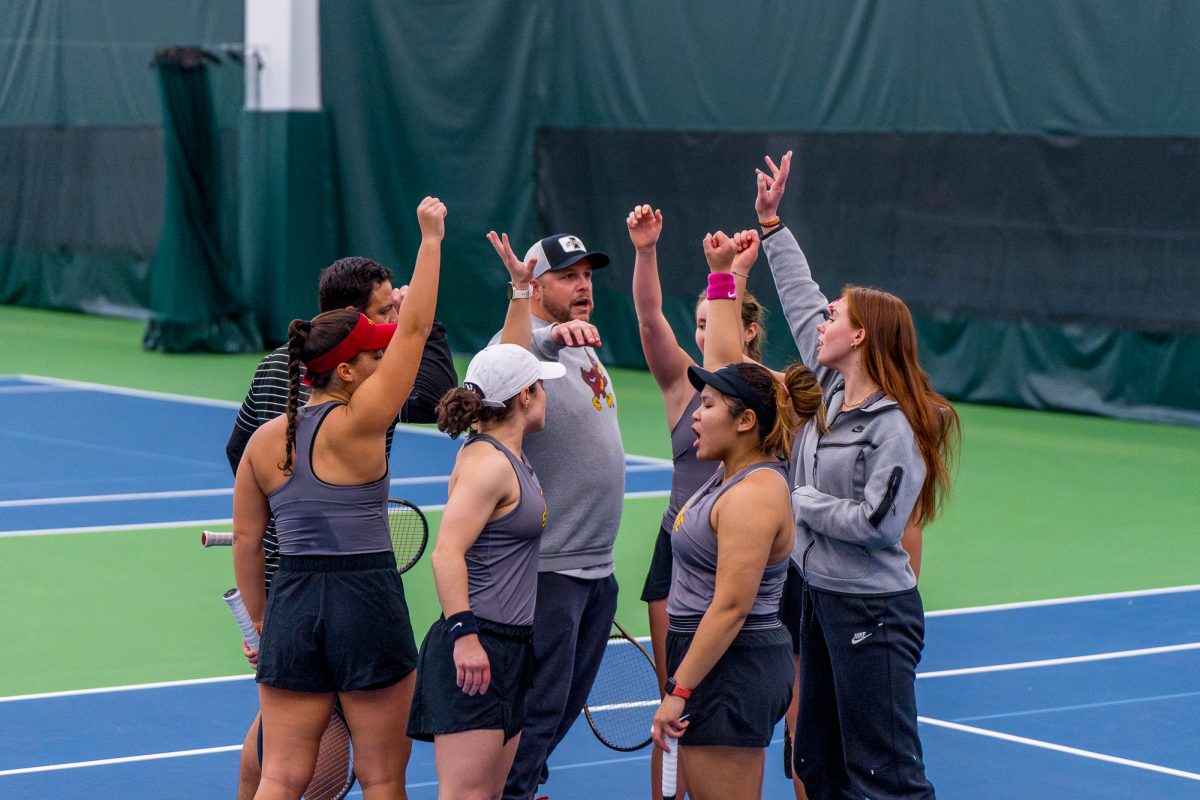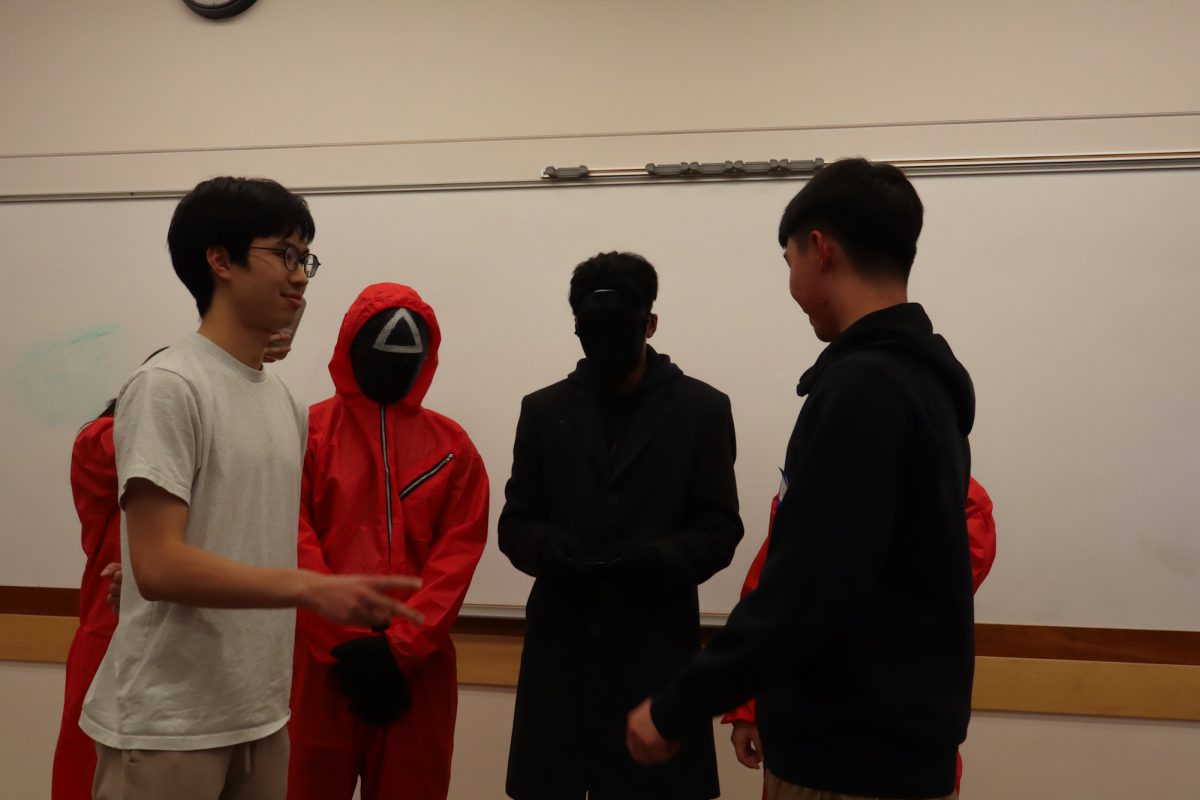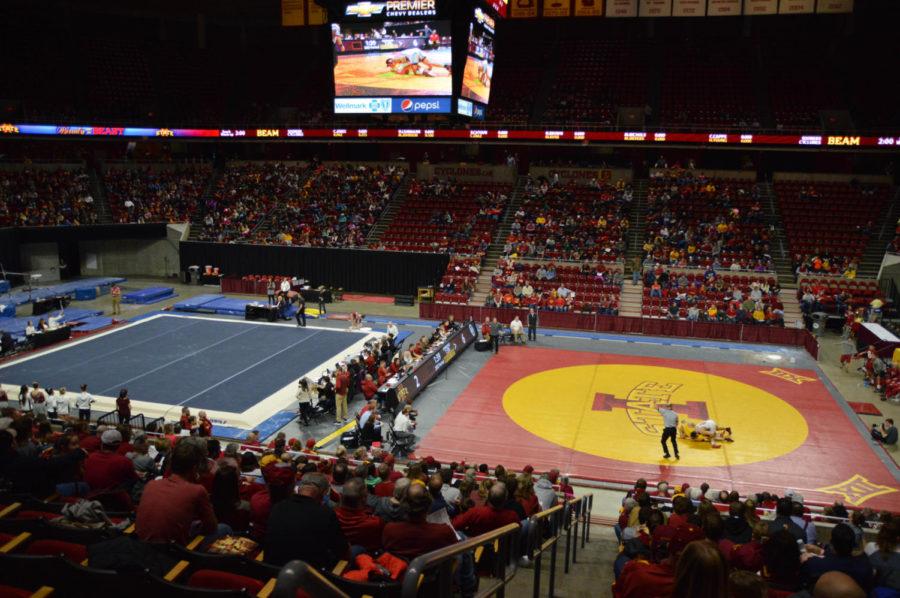Michigan Tech professor tracks evolution of engineering education
November 17, 1999
Engineering is not the “outdoor, manly profession” it was in the 1930s, said Bruce Seely, an associate professor at Michigan Technological University.
Seely explained the changes in engineering education to about 60 people Monday night at the Memorial Union.
Engineers earlier this century wanted to be considered gentlemen, but they were not because of the outdoorsmen label and lack of knowledge about other subjects, Seely said.
As a result, general education classes in history, philosophy and literature were added to graduation requirements, giving engineers the gentleman status they desired, he said.
A more recent priority of engineering programs was to attract women and minorities, something they still try to do even though engineering is not the white male profession it once was, Seely said.
“It has come slowly, but diversity is a part of engineering,” he said.
Another major change in engineering education came when engineers were criticized for lack of knowledge about the rest of the world and how to work together, he said. The 1980s brought about trends of cross-disciplinary studies and group work, Seely said.
Not only have stereotypes about engineers changed, but the basic curriculum of practice vs. theory has been debated throughout the years, Seely said.
Engineering education began with surveying and on-the-job experience and progressed to a math- and science-based program at a college without hands-on experience, he said.
After this switch, Seely said industry officials complained that graduates had no practical experience. Colleges struggled to find a balance that has yet to be achieved.
Internships are helping solve the problem of graduates lacking hands-on experience, said David Holger, associate dean of engineering at ISU. Holger said two-thirds to three-fourths of ISU engineering students go on internships while they are here, even though it is not required.
“In many ways, there’s a fairly close link to industry [in engineering education today],” Holger said.






